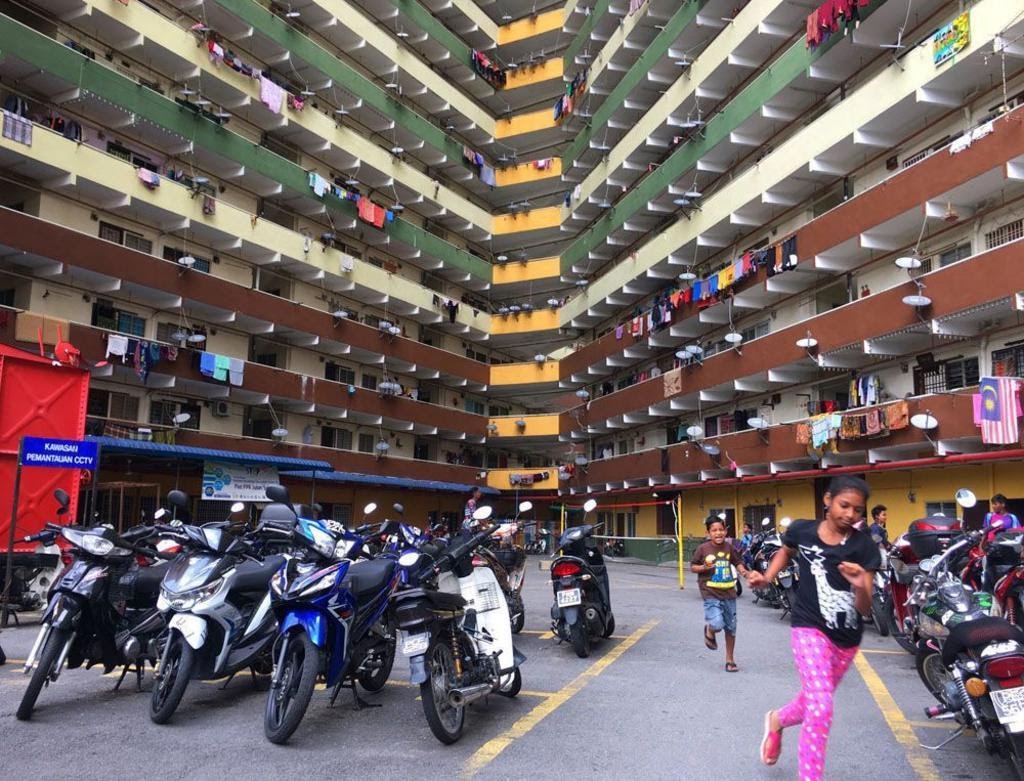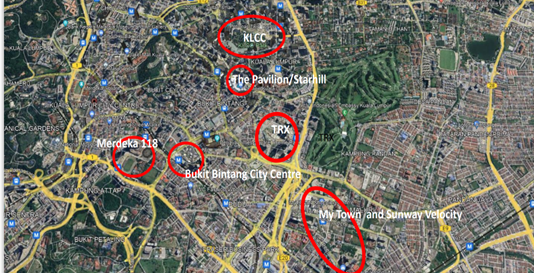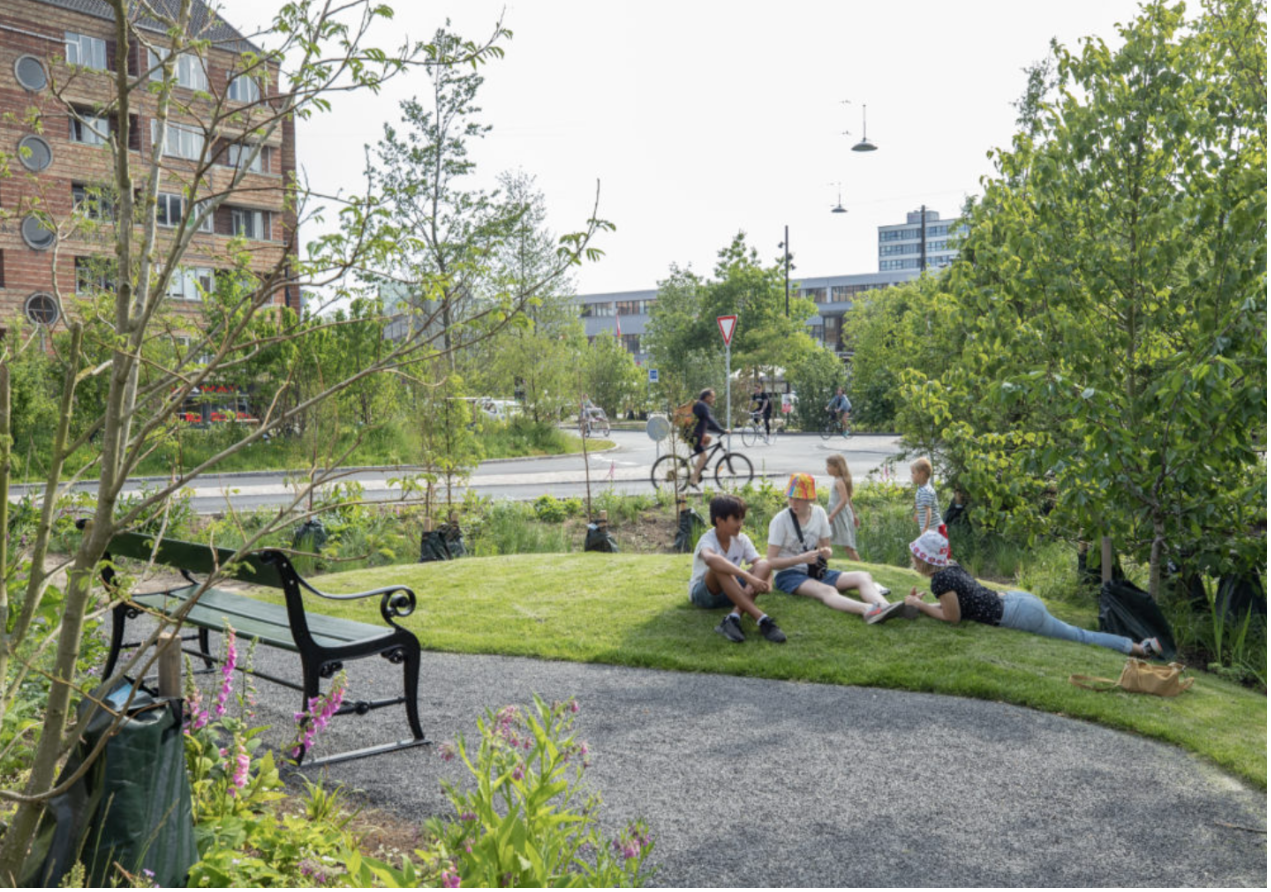Malaysia is on the right track in formulating a long-term plan post 2020 to 2040 by launching the Third National Physical Plan themed Towards Building a Resilient and Livable Nation in 2017. However, the Covid-19 pandemic was a shock in context. community vulnerabilities and the need for re -examination of national planning and development strategies.
The most felt challenge was when movement control orders were enforced where the majority of residents especially in big cities were instructed to remain at home. Schools, universities, places of worship, sports complexes and various public places were closed by Covid-19.
WHO recommends methods of quarantine, social incarceration and isolation as important strategies to reduce the spread of the virus. Thus these new norms have to some extent sparked conflicts in the design of existing cities, public parks, plazas, streets, and public spaces.
The most significant impact is in high -density low -cost neighborhoods where the size of the house space is very small and the absence of public space to carry out activities permitted according to the SOP. Many aspects of physical and social planning in urban design need to be re -evaluated by taking into account pandemics or public health problems as one of the important criteria in assessing the context of a community's vulnerability towards achieving national goals that are resilient to various situations.

Bloomberg, a financial, software, data, and media related giant headquartered in New York, USA published the Covid Resilience Ranking on November 24 last year. The assessment ranked Malaysia 29th out of 53 countries selected based on the total gross national product (GDP) rate of more than 200 billion a year.
The result of this achievement is a resilience score that shows the country is the best in dealing with the Covid-19 issue. What is surprising is that Malaysia is ranked 29th, behind the regional countries, namely Vietnam (10th), Singapore (11th), Thailand (15th), Indonesia (19th), and even Bangladesh is in better position on the 24th rung.
The question is, is it true that Malaysia does not deal with Covid-19 as well as regional countries? Based on research done on the methods used by Bloomberg, they do not deny having constraints and lack of accurate data and state there are some countries that alter and manipulate their data to evaluate indicators such as positive case rates or reported mortality rates.
Whether we want to care or not with the Bloomberg publication, there are a few things about the Covid Resilience Ranking that Malaysia can learn to improve national planning and development towards a more resilient society and not just for ranking.
For example, Malaysia is ranked 3 ‘worst’ countries in the ‘Lockdown Severity’ indicator category with 80 scores, followed by Ireland (81 scores), and Chile (82 scores). The indicators used by Bloomberg are based on an index produced by the University of Oxford in which they assess the level of rigor of government policy in restricting the movement of people to control the spread of the epidemic by translating strict movement restrictions as negative indicators in the assessment.
According to their justification, the tighter the control of movement, the more chaotic the situation of the people. Among the justifications given was that the repeated COVID-19 waves over a period of one year caused the movement control method to be considered as not the main option.
In addition, strict movement control also has a negative impact on the mental, social and economic problems of the people such as higher suicide rates in some countries, concerns about the development of children due to school closures and increased rates of hunger and school dropouts among disadvantaged families. . Based on this assessment, Malaysia needs to act proactively in providing a good environment to all levels of society to deal with situations such as the Covid-19 pandemic, especially when it involves movement restrictions.
If people's movement control is best for Malaysia to address issues such as the Covid-19 pandemic, then the government needs to ensure households, especially urban poor communities such as in low-cost housing areas, have access to five basic assets to build resilient communities in the future. come. Such assets include physical assets such as houses, water and electricity supply, internet, social assets such as benefits from social activities/interactions involving communities, institutions, NGOs, financial assets such as salaries, financial assistance, employment resources for livelihood, human resource assets such as knowledge, skills, resilience, and natural resource assets such as urban agriculture that can be a source of income and food, in ensuring that people's ability to adapt then recovers or may change for the better when faced with the context of vulnerability such as this pandemic .

|
Dr. Nor Azlina Abu Bakar
Department of Architecture,
Faculty of Design and Architecture,
Universiti Putra Malaysia
|
Date of Input: 26/04/2021 | Updated: 26/04/2021 | arizy
MEDIA SHARING






























